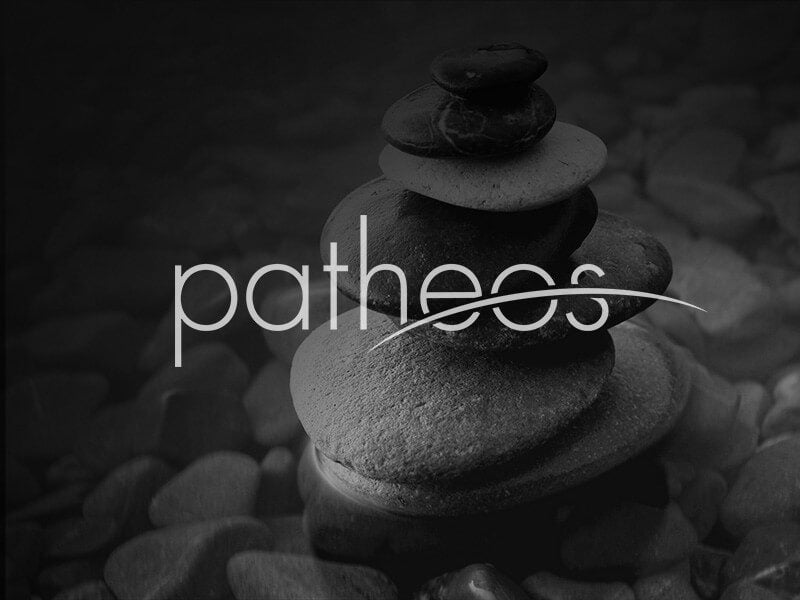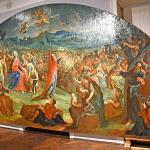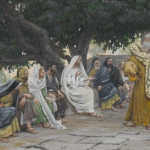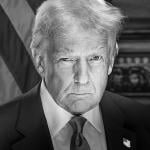Rome, Italy, Dec 26, 2016 / 02:02 pm (CNA).- When it comes to talking about women and their role in the Church, discussion tends to focus almost exclusively on getting ordained or being placed in high ranking, decision making positions. However, amid all the buzz, it's easy to get lost in the debate and miss the fact that the entire discussion is rotating around the wrong axis. In simply addressing ordination or curial positions – a line that reduces both women and the discussion about them to clericalism – everyone on both sides of the issue has overlooked that the question is actually much larger, and demands a much greater involvement on the part of the laity. Ana Cristina Villa, a consecrated laywoman with the Marian Community of Reconciliation who works in the office for women of the new mega-dicastery for Laity, Family and Life, told CNA that what a woman does in the Church is “not just a role, but a vocation...it’s what God calls women to do in the Church.” She said that as it stands, women don't really have a big presence in important or decision making positions, “so that should be promoted, and current Canon Law allows this in a good number of ways,” but she also cautioned that the discussion surrounding women in the Church is wider, involving the laity as a whole. Villa, who is from Colombia but has lived in Italy for close to 20 years, said she sees that many people in their daily lives still move forward with the attitude that “the Church should do this,” but when they refer to the Church, they “are speaking of the clergy.” “I think that is a big distortion for the vocation of women, because women are obviously not the clergy,” she said, explaining that “when you get into this discussion about women in the Church you have to understand that there is a wider context.” In her view, Catholic faithful need to grow in their understanding that, “according to their own vocation,” all “baptized are the Church and all baptized are called to feel the Church as their own and to contribute to the Church.” “It's the laity in the Church,” she emphasized, “and the laity have to grow in their sense of responsibility which comes from their baptism, and their baptism makes them full members of the Church.” Although a lot of headway has already been made in this area, Villa said the Church “still needs to go much more down that path.” She emphasized the need for stronger mutual cooperation, “because when laity and clergy collaborate on a mission they bring each other's gifts to problems or situations they need to face, and it is mutually enriching and it makes the Church more present.” If it is always priests in the Church and never a layperson, and if priests “are always taking responsibility for things where laity are competent, then this mentality that the Church is priests keeps growing and expanding,” she said, noting that this is more common in countries with stronger traditional Catholic roots such Italy and as those in South America. However, on the other hand, Villa noted that when it comes to women specifically, they are already doing a lot in the Church, most of which is largely unknown. Women, she said, “are already doing a lot and many times they do it in silence, just responding to God's vocation wherever God puts them...but there is always a lot happening,” especially in mission territories. Just because a woman teaching catechesis or caring for the sick in a poor country isn't visible to the rest of the world, it “doesn’t mean she isn’t there and that the Church isn’t growing because of her daily work and giving of herself,” Villa said. It’s important to know that these things are already happening, she said, but cautioned that while on one hand it’s good to make them visible, “on the other hand you wonder, is it really necessary to make them visible? For whom?” “God knows. God calls them, they are responding and the Church is growing because of them,” she said, explaining that not all women are meant to be in the global spotlight. “When they come out to the public like Mother Teresa, that’s wonderful, but not all of them are called to have a public dimension to their vocation,” she said, and pointed to the example of women contemplative orders, who are “always hidden,” but sustain the Church constantly with their daily prayer and devotion. “They are there in the monastery living their daily fidelity...they sustain the Church and nobody knows about it,” she said, explaining that this is part of the beauty of how women serve, and that this must be valued. Villa’s instinct that a dangerous and largely unrecognized clericalism often drives the discussion on women, as well as her insistence that those who adopt this attitude have got it wrong, mirror Francis’ own take on the issue. When Pope Francis told journalists on the way back from Sweden Nov. 1 that women will never be ordained priests, he was likely acting against “the ‘disease’ of clericalism, and the danger of clericalism setting the tone for discussions of women in the Church,” John Allen of Crux wrote. “Despite the fact that he stands today at the apex of the clerical pecking order, there's a sense in which Pope Francis is the most anti-clerical pontiff in Catholic history,” Allen said, adding that “one has the sense when he uses the word 'clericalism' that he's virtually talking about the sin against the Holy Spirit.” Pope Francis' innate disdain toward clericalism, particularly surrounding women, can be seen from almost the beginning of his pontificate. In an interview with Vatican Insider in December 2013, Francis responded to a question on whether or not he'd ever consider naming a woman a cardinal. In his answer the Pope said that “I don’t know where this idea sprang from. Women in the Church must be valued not 'clericalised.' Whoever thinks of women as cardinals suffers a bit from clericalism.” Throughout the three years since, Francis has consistently called for a more “incisive” feminine presence in the Church, yet has refrained from limiting this presence to a mere position. In a May 16, 2015, speech to men and women consecrated of the diocese of Rome, the Pope said that when people tell him “women must be dicastery heads,” his immediate thought is “Yes, they can, in certain dicasteries they can; but what you are asking is simple functionalism.” Simply putting a woman in charge of a department “is not rediscovering woman’s role in the Church. It is more profound,” he said, explaining that while women are certainly able to hold leadership positions and that this is happening more often, “this is not a triumph.” “This is a great thing, (but) a functional thing,” he said, noting that “what is essential to the woman’s role is – speaking in theological terms – acting in a manner which expresses the feminine genius.” “When we face a problem among men we come to a conclusion, but when we face that same problem with women the outcome will be different. It will follow the same path, but it will be richer, stronger, more intuitive,” he said. “For this reason women in the Church should have this role, they must clarify, help to clarify the feminine genius in so many ways.” When we look at what Pope Francis says, it’s obvious that what he envisions for women is not just structural insertion into the Church, but involves opening doors so that the very fiber of what makes a woman “womanly,” her most unique and innate qualities, can flourish. One of these qualities Francis has never ceased to bring up with praise and adulation is that of intuition and maternity; i.e., that natural maternal instinct each woman has no matter her state or position in life. In his speech to the men and women consecrated of Rome, the Pope pointed to maternity, saying it isn’t just having children, but involves accompanying people in their growth: “maternity is spending hours next to a sick person, a sick child, a sick brother; it is spending one’s life in love, with that love of tenderness and maternity.” “On this path we will find even more the woman’s role in the Church. Mary’s love and the love of the Church is a concrete love! Concreteness is the quality of this maternity of women.” In a speech to theologians in 2014, after appointing several women to the Vatican’s International Theological Commission, an advisory body which assists the Congregation for the Doctrine of the Faith in examining questions of doctrine, he said women have the ability to prompt reflections that men cannot. “By virtue of their feminine genius, women theologians can take up, for the benefit of all, certain unexplored aspects of the unfathomable mystery of Christ,” he said, and urged commission members to take “full advantage” of the specific contribution that women give to “the intelligence of faith.” In a 2015 address to the Pontifical Council for Culture, Francis said that women “know how to incarnate the tender face of God, his mercy, which translates into availability to give time more than to occupy spaces, to welcome instead of excluding.” While speaking to journalists on board his return flight from Sweden Nov. 1, the Pope said that when it comes to theology and the mysticism of the Church, Mary’s role is more important than that of the Apostles on the day of Pentecost. Women, he said, “can do so many things better than men, even in the dogmatic field,” but he clarified how it is still a separate dimension from that of priests and bishops in the Petrine dimension. Again and again Pope Francis has repeated the same message that Villa herself expressed: women are more than just what position they hold, and the discussion on them is much wider than what it’s been reduced to. While the question still looms as to what he will do with the female deaconate, having formed a commission to study the issue and its relevance in modern Church life, it’s clear that he won’t proceed with a “clerical” vision in mind, yet is open and willing to investigate what the different options for women might be. So, all in all, it’s safe to say that the discussion on women in the Church has so far been fairly limited, and it’s clear that a shift in focus in needed. It seems that we’re only beginning to scratch the surface of what the debate should really entail, and with Francis at the helm, we’re guaranteed to have a few surprises. This article was originally published on CNA Nov. 16, 2016. Read more
















